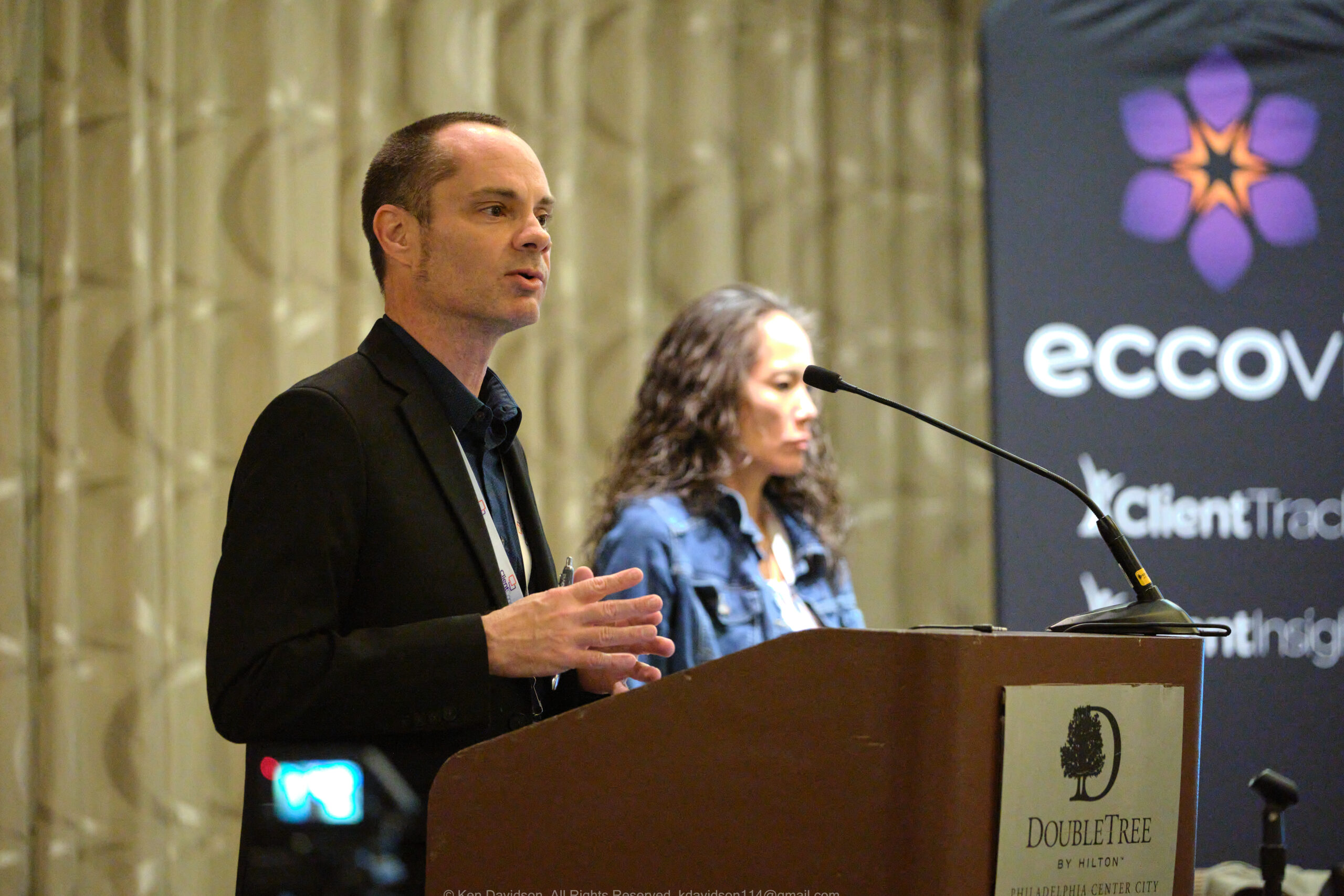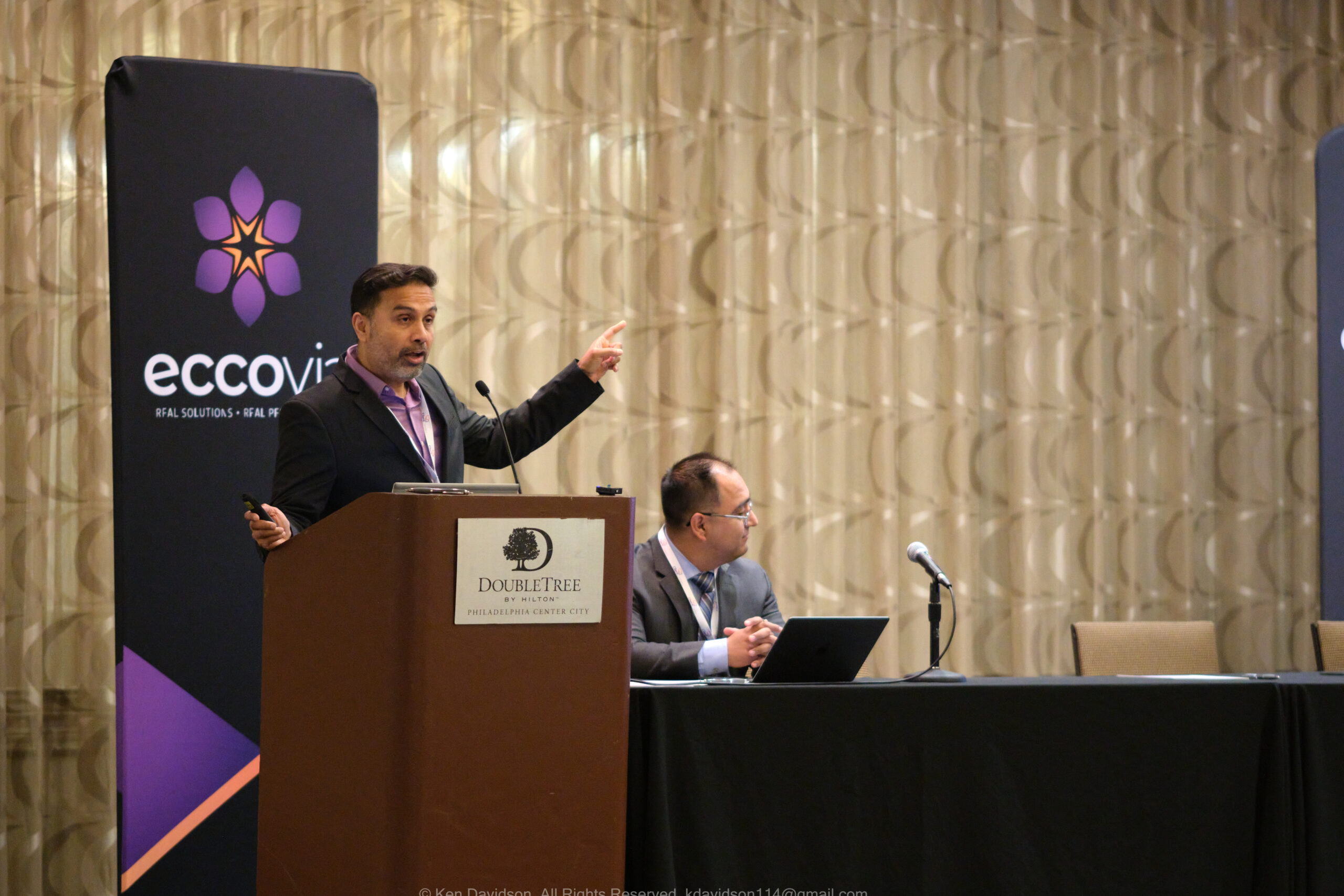Researchers and healthcare organizations have begun to realize that good health outcomes begin long before a patient enters a treatment center. A person’s economic situation and living environment have a greater impact on health outcomes than previously understood. The growing understanding that social determinants of health impact health overall is changing the way organizations approach treatment and care. Here are three ways the increasing emphasis on social aspects such as economic stability, living situation and education are improving standards for care in the U.S.:
Changing public policy
The understanding that social determinants have an impact on health is increasing awareness of the systems in place that prevent certain groups from accessing the care they need. In fact, these systems often have a more significant impact on health than any other factor. Researchers are discovering that to improve health, they need to start with changes to policy.
According to the Kaiser Family Foundation, the U.S. spends more than any developed country on healthcare but has worse life expectancy and disease rates than comparative nations. In contrast, the U.S. spends less on social services, which could prevent certain health issues in the long run.
Organizations now realize that improving care starts long before individuals come to a healthcare organization. Increasing social spending and implementing other policy changes would eventually have a significant effect on overall health. For instance, improving public transportation increases employment access, which also has health implications.
Increasing access to healthcare
Social determinants also impact whether individuals are able to gain access to the resources they need to improve their health. In other words, social determinants often dictate whether individuals can afford healthcare, which is a critical component of wellness.
According to a study cited by the Harvard Gazette, access to health insurance can prevent tens of thousands of premature deaths as well as encourage more than 650,000 people to control chronic conditions. Unfortunately, many people can’t afford the healthcare they need. According to data from Kaiser Foundation cited by ihealthbeat, 29 percent of people put off getting care as a result of financial distress.
The Affordable Care Act has helped many individuals gain access to care they would not otherwise be able to afford. Under ACA, states can revise their rules and expand Medicaid programs to cover those who would not have previously been eligible. ACA allows states to extend Medicaid to individuals at 138 percent of the Federal Poverty Level. Expanding Medicaid to this group helps to provide essential health benefits for almost three million low-income adults who would have trouble paying for health care otherwise, KFF wrote.
Improving communication
An understanding of social determinants has also led to the knowledge that healthcare organizations need to communicate more effectively with the public and with policy makers about these issues. Effectively communicating how social determinants impact health is important for changing policies and behavior.
The Robert Wood Johnson Foundation has produced research to help facilities better understand what types of communication strategies hit the message home. For instance, the foundation found that terms like “social determinants” or “social factors” often fail to engage audiences. However, the concepts behind these terms do. In addition, many Americans have deeply entrenched beliefs that can be hard to change without the right approaches.
Health and human services organizations rely on data to measure and communicate their impact and optimize the initiatives in their communities. With the right technology, healthcare providers and social services organizations can collaborate more easily and achieve healthier communities.



